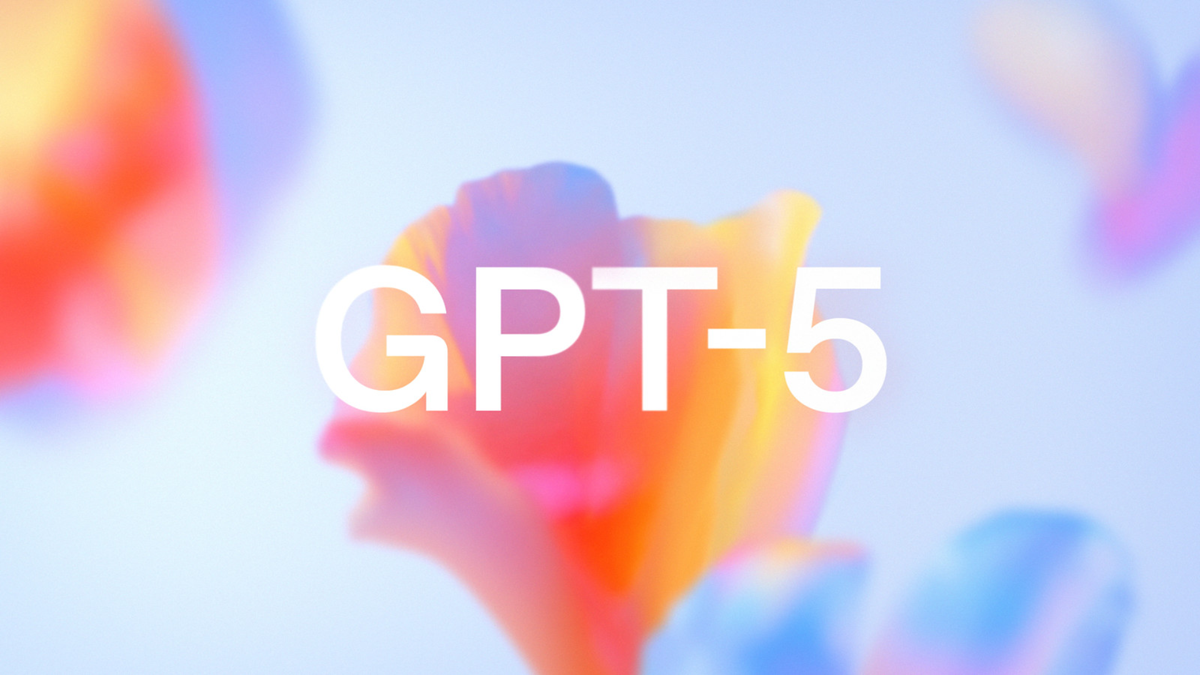4 mistakes you're making while searching for the best AI tools
You're using the best AI tools but still not getting ideal results? This post breaks down 4 common mistakes that keep people stuck, with the so-called smartest AI tools.

AI tools are more powerful, accessible, and talked about than ever. From writing assistants to video generation, it feels like there’s an AI for everything.
And yet, if you're being honest, AI probably hasn't helped you as much as you hoped. Maybe you've signed up for tools, paid for plans, tried to write smarter prompts, and still felt stuck. You're not alone.
Here are 4 common mistakes people make when using AI, and what to do instead if you want it to actually work for you.
Mistake 1: Looking for the “perfect” AI tool
You spend hours researching, comparing tools, and reading Reddit threads about which AI tool is best. But the truth is, most people do this to delay starting.
The perfect AI tool doesn’t exist. Even the best one won’t help if you don’t know what you’re trying to solve. Different tools are optimized for different tasks. But unless you’ve done some thinking beforehand, none of them will feel “right.”
Trying to find the perfect tool before starting is like trying to pick the perfect notebook before you have anything to write.
✅ Do this instead: Start with whatever tool you have. Give it a small, real problem you’re facing today. Then reflect: did it help? If not, what was missing? Let the gap guide your next choice.
💡 Insight: Don’t ask “Which AI is the best?” Ask, “Which tool helps me think better about what I’m trying to do?”
Mistake 2: Thinking the latest model is always the best
New AI models are exciting (Veo 3, Grok 4, Claude 3.5 Sonnet.. there are so many!). They’re faster, smarter, more capable. But newer doesn’t always mean better for your task.
For example, from my experience, Claude Opus 3 is better for tone, reflection, and writing with nuance, while Claude Opus 4 handles logic and complex reasoning more precisely. I switch depending on whether I need empathy or structure.
Jumping to the latest model without considering what you need can lead to mismatched expectations.
✅ Do this instead: Start with models that offer free tiers or limited access. If a model you’d like to try isn’t free, look for public demos or comparison videos. Use the same task across tools to compare tone, depth, and reasoning. Not just flashiness.
💡 Insight: Latest doesn't mean smartest. Fit matters more than freshness.
Mistake 3: Paying for AI tools too early
AI tools are improving fast. What looks sleek and impressive today might feel basic or misaligned tomorrow. That’s why paying for a tool too early is often a mistake. Not because the tool is bad, but because you don’t yet know how it fits your process.
Take Grok-4, for example. It launched recently as part of X’s Premium+ tier and generated excitement for being Elon Musk’s answer to ChatGPT. I tried it. The interface was clean. The tone was direct. But after a few days, I realized it didn’t help with the kind of writing and thinking I do. I went back to Claude.
This doesn’t mean Grok is bad. It means it wasn’t built for my kind of problem. The only way to know that? Use it.
✅ Do this instead: Instead of subscribing to the hottest AI tool, get smarter by using what’s available to you. For paid tools, observe how others use them or try limited trials if available. The process of working within those limits teaches you how to evaluate AI more wisely. Not by hype, but by fit.
💡 Insight: The smart AI users aren’t loyal to one tool. They test, compare, and understand the differences. That’s how you learn to spend on tools intelligently. Not impulsively, but intentionally.
Mistake 4: Not questioning the AI
It’s easy to treat AI like a vending machine: type something in, get something out, move on. But that mindset limits your results, and your thinking.
AI is not just an answer generator. It needs to be your thinking partner. Something feels off, too generic, or shallow? Ask why. Push back. Ask it to disagree with itself. Rerun the question with a different tone or perspective.
Valuable insights don’t come from the first answer. They show up when you question, challenge, and debate the AI. Just like you would with a real collaborator.
✅ Do this instead: Treat the first response like a draft. Ask follow-up questions:
- “What’s another way to see this?”
- “What would someone who disagrees say?”
- “What would you say if the opposite were true?”
- “How would you reframe this problem?”
Use AI not just to confirm your thinking, but to challenge it.
💡 Insight: Good thinkers don’t just ask questions. They question answers.
The Call to Action
The people who get the most out of AI are not the ones using the most advanced tools, but the ones who bring the sharpest questions.
So don’t just subscribe and hope it works. Learn how you think. Explore how tools behave. And build a process where you lead, and AI follows.




